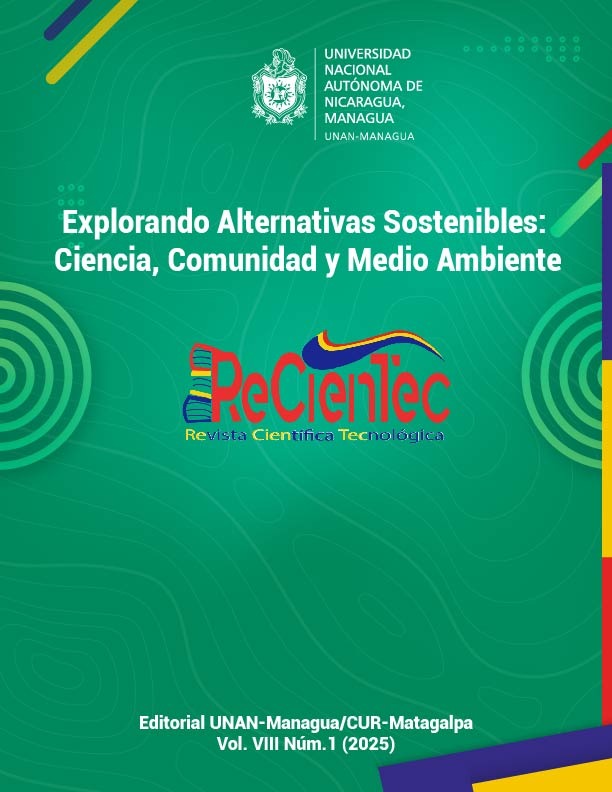Apicultural vulnerability and resilience to climate change
Keywords:
Vulnerability, Resilience, Apiculture, Climate change, Territorial developmentAbstract
This essay examines the vulnerability of beekeeping to climate change in arid regions, emphasizing the negative impact on biodiversity and rural economies caused by disruptions in climatic patterns and the availability of nectar and pollen resources. Using the theoretical framework of vulnerability and resilience, it identifies challenges such as pests, diseases, and altered flowering cycles, while proposing solutions like crop diversification, genetic improvement of queen bees, and supplemental feeding. These adaptive strategies, combined with training and community networks, enhance apicultural resilience, ensuring the sustainability of production systems and territorial development in the face of climate change
Downloads
References
Adger, N. (2006). Vulnerability , Global Environmental Change. ELSEVIER, 268-281.
Burkle, L., Marlin, J., & Knight, T. (2013). Plant-Pollinator Interactions over 120 Years: Loss of Species, Co-Occurrence, and Function. Science, 1611 - 1615. doi:10.1126/science.1232728
Eakin, H., & Luers, A. (2006). Assessing the Vulnerability of Social-Environmental Systems. 365-394. doi:https://doi.org/10.1146/annurev.energy.30.050504.144352
Folke, C. (2006). Resiliencia: El surgimiento de una perspectiva para el análisis de sistemas socioecológicos. Global Environmental Change, 253-267. doi:https://doi.org/10.1016/j.gloenvcha.2006.04.002
Goulson, D., Nicholls, E., Botias, C., & Rotheray, E. (2015). Bee declines driven by combined stress from parasites, pesticides, and lack of flowers. Science, 347(6229), 1255957.
Herrero, A. C., Natenzo, C., & Miño, M. L. (2021). Vulnerabilidad social y cambio climático en Argentina: Una revisión de la literatura. Revista de Estudios Sociales, 80-95.
IPCC. (2014). Climate Change, Impacts, Adaptation, and Vulnerability. England: Universidad CAMBRIDGE.
Kovac, H., Stabentheiner, A., Hetz, S., Petz, M., & Crailsheim, K. (2007). Respiración de las abejas en reposo. Journal of Insect Physiology, 18-29. doi:https://doi.org/10.1016/j.jinsphys.2007.06.019
Le Conte , & Navajas, M. (2008). Climate change: impact on honey bee populations and diseases. Revue Scientifique et Technique (International Office of Epizootics), 485-497.
Martinez, J. (2015). Aethina tumida Murray. El pequeño escarabajo de la colmena. Vida Apícola: revista de apicultura, 14-19.
OIE. (2013). INFESTACIÓN POR EL ESCARABAJO DE LAS COLMENAS (Aethina tumida).
Potts, S., Biesmeijer , J., Kremen , C., Neumann, P., Schweiger , O., & E. Kunin, W. (2010). Disminución de los polinizadores a nivel mundial: tendencias, impactos y factores impulsores. Trends in Ecology & Evolution, 345-353. doi:10.1016/j.tree.2010.01.007
Stabentheiner, A., Kovac, H., & Brodschneider, R. (2010). Termorregulación de colonias de abejas: mecanismos reguladores y contribución de los individuos en función de la edad, la ubicación y el estrés térmico. Plosone. doi:https://doi.org/10.1371/journal.pone.0008967
Walker, B., Holling, C., Carpenter, S., & Ann, K. (2004). Resilience, Adaptability and Transformability in Social–ecological Systems. Ecology and Society.




